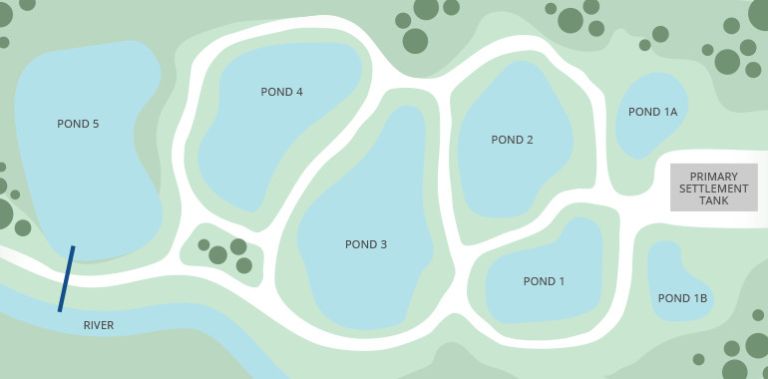Wetland treatment
Wetlands are a key feature of our Irish countryside. They include bogs, marshes, ponds and lakes, rivers, wet woodlands / grasslands, fens, estuaries and coastal lagoons.
Wetlands are important for many reasons. They provide specialist habitats for a wide range of animals and plant life, they play a vital role in the water cycle where they can control both flooding and low flow in certain areas.
They can also help improve wastewater quality by filtering and removing high levels of nitrogen and phosphorus from wastewater before it reaches the sea.
Constructed wetlands
A constructed wetland is a type of sustainable wastewater treatment system that is designed to look and function as a natural wetland does. Constructed wetlands are created for the purpose of treating wastewater from small, rural communities in an environmentally-friendly way before allowing it to return to the water system safely.
Constructed wetlands are usually made up of a primary settlement tank where wastewater from the community is collected and from that, several ponds follow which are planted with wetland plants including reeds, rushes and sedges. The ponds are usually gently sloped towards a river to allow water to flow very slowly through the wetland before flowing away. Any particles that have been carried in the water will settle on the bottom and the plants and natural microorganisms (e.g. bacteria, algae and fungi) in the wetlands will break down and remove certain pollutants and elements e.g. phosphorus in the water.
Integrated constructed wetlands are carefully planned to integrate into the natural surrounding landscape and are built using natural materials like native plants, trees, soil, sand and stones.
